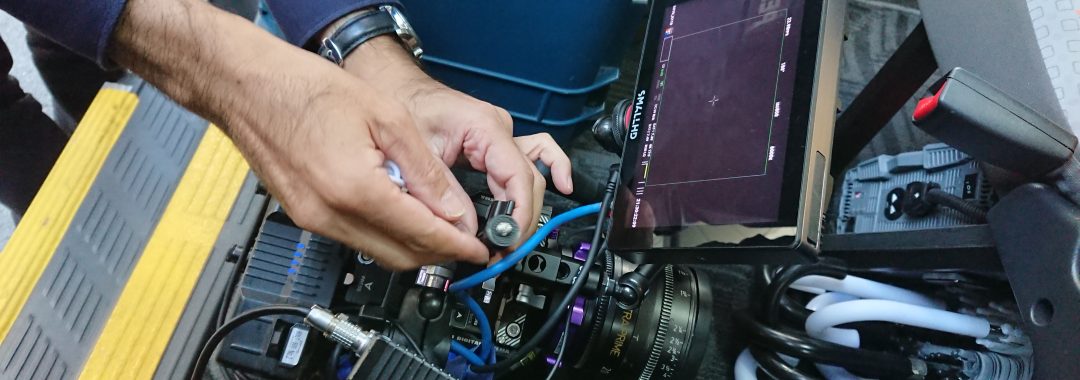Selecting the right camera equipment is crucial for the success of any photography or film project. For small-scale projects, this decision becomes even more significant due to budget and resource constraints. This article discusses the approach to camera equipment optimization for small-scale projects, drawing from a case study in Nara, Japan.
Understanding Project Scope and Requirements
The first step in equipment selection is understanding the specific needs of the project. In Nara, the project team analyzed the scope of the project, including the type of shots required, the shooting environment, and the overall artistic vision. This initial analysis is critical to determine the kind of equipment that would be most suitable.
The Importance of Size and Mobility
For small-scale projects, the size and mobility of the equipment are essential factors. In Nara, the team opted for compact and lightweight equipment that was easy to transport and set up. This choice not only reduced logistical complexities but also allowed for greater flexibility in shooting locations.
Balancing Quality and Cost
While quality should never be compromised, small-scale projects often require a careful balance between the quality of the equipment and the budget. The Nara case study showed that it’s possible to choose high-quality equipment that is also cost-effective. The team selected gear that provided the best value for money, without exceeding their budget constraints.
Adaptability of Equipment
Adaptability is another crucial factor in equipment selection. The camera gear chosen for the Nara project was versatile enough to handle various shooting conditions and requirements. This adaptability meant that the team could use the same equipment for different types of shots, adding to the project’s efficiency.
Investing in Essential Accessories
Investing in essential accessories can greatly enhance the effectiveness of the chosen equipment. For the Nara project, the team included key accessories like additional lenses and stabilizing tools, which expanded the capabilities of their primary camera gear.
Conclusion
Optimizing camera equipment for small-scale projects requires a thorough understanding of the project’s requirements, a focus on size and mobility, a balance between quality and cost, adaptability, and the right accessories. The Nara case study provides an excellent example of how careful planning and strategic selection can lead to successful outcomes, even with limited resources.
In conclusion, by prioritizing these factors, project teams can ensure they have the right equipment to bring their vision to life, regardless of the project’s scale.

